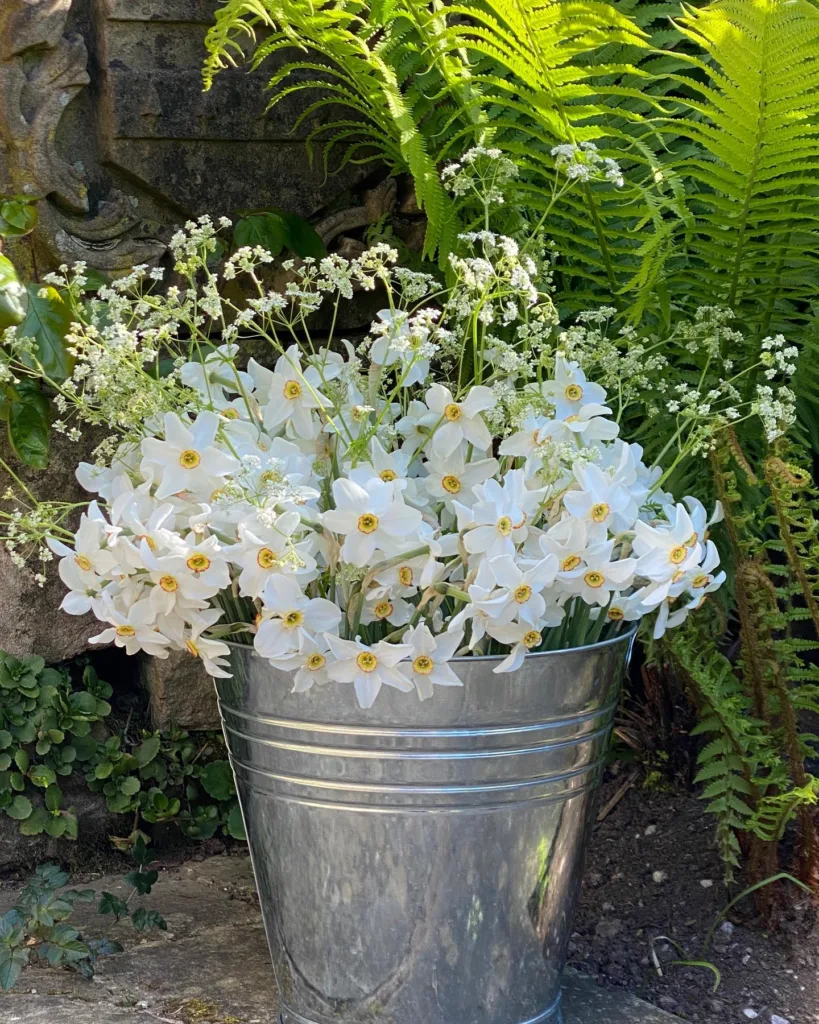What is Lupinus Excubitus?
Lupinus Excubitus, commonly known as the “Excubitus Lupine,” is a striking perennial plant native to the southwestern United States. Its vibrant spikes of blue to purple flowers and its unique foliage make it a favorite among gardeners and plant enthusiasts. This species is part of the larger Lupinus genus, which includes many well-known lupines. The Excubitus Lupine is admired for its ability to thrive in arid conditions, making it a hardy choice for dry gardens and xeriscaping.
585 Species in Genus Lupinus
How to Care for Lupinus Excubitus?
Caring for Lupinus Excubitus involves a few key considerations to ensure it remains healthy and vibrant. Here are some tips based on my personal experience:
- Soil Requirements: Lupinus Excubitus prefers well-drained soil. Sandy or loamy soils work best, but it can tolerate poor soil conditions as long as the drainage is adequate. Avoid heavy clay soils that retain water.
- Watering: This lupine is drought-tolerant once established. Water it deeply but infrequently to encourage deep root growth. Overwatering can lead to root rot, so let the soil dry out between waterings.
- Sunlight: It thrives in full sun but can also tolerate partial shade. For the best results, provide at least 6 hours of direct sunlight each day. In regions with intense summer heat, some afternoon shade can help protect the plant.
- Fertilization: Lupinus Excubitus is not a heavy feeder. Apply a balanced, slow-release fertilizer in the spring if your soil is poor. Over-fertilization can lead to excessive foliage at the expense of flowers.
- Pruning: Deadhead spent flowers to promote prolonged blooming. In late fall or early spring, trim back any dead or damaged growth to encourage new, vigorous growth.
How to Propagate Lupinus Excubitus?
Propagating Lupinus Excubitus can be done through seeds or cuttings. Here’s what I’ve learned:
- From Seeds: Sow seeds directly into the garden in late fall or early spring. The seeds benefit from a period of cold stratification, so you might want to pre-chill them in the refrigerator for a few weeks before planting. Space the seeds about 1 inch apart and cover them lightly with soil. Keep the soil moist until germination.
- From Cuttings: While not as common as seed propagation, you can propagate Lupinus Excubitus from cuttings. Take cuttings in early spring or late summer. Use a rooting hormone and plant the cuttings in a well-draining mix. Keep them in a humid environment until roots develop.
What to Plant With Lupinus Excubitus?
Lupinus Excubitus pairs well with other drought-tolerant and low-maintenance plants. Here are some of my favorite companions:
- Sage (Salvia spp.): The silver foliage and purple flowers of sage complement the lupine’s blooms beautifully.
- Blanket Flower (Gaillardia spp.): The bright, cheerful flowers of blanket flower add a splash of color and contrast nicely with the lupine’s spikes.
- Yarrow (Achillea spp.): Yarrow’s fern-like foliage and clusters of flowers make a great background for Lupinus Excubitus.
- Penstemon (Penstemon spp.): The tubular flowers of penstemon can add vertical interest and color variation.
Is Lupinus Excubitus Toxic?
Lupinus Excubitus, like many lupines, contains alkaloids that can be toxic if ingested in large quantities. The plant is generally not a problem in gardens where pets and children are not inclined to eat plants. However, if you have curious animals or young kids, it’s wise to ensure they do not ingest the plant.
Benefits of Lupinus Excubitus
There are several benefits to growing Lupinus Excubitus in your garden:
- Drought Tolerance: Its ability to thrive in dry conditions makes it perfect for water-wise gardening.
- Pollinator Attraction: The flowers attract bees and butterflies, enhancing the biodiversity of your garden.
- Aesthetic Appeal: With its striking floral spikes and attractive foliage, it adds a unique and colorful element to the landscape.
Common Problems with Lupinus Excubitus
In my experience, here are some issues you might encounter:
- Powdery Mildew: This fungal disease can sometimes affect Lupinus Excubitus, especially in humid conditions. Ensure good air circulation around the plant and avoid overhead watering.
- Root Rot: Overwatering or poor drainage can lead to root rot. Make sure the soil drains well and water only when necessary.
Comparison with Other Lupines
When compared to other lupines, Lupinus Excubitus stands out for its adaptability to arid environments. For instance:
- Lupinus Polyphyllus: Unlike Lupinus Excubitus, which thrives in dry conditions, Lupinus Polyphyllus prefers more moist, fertile soil and cooler climates.
- Lupinus Perennis: This species, known as the “Sundial Lupine,” is native to eastern North America and has different soil and moisture requirements compared to Lupinus Excubitus.
In summary, Lupinus Excubitus is a versatile and striking addition to any garden. Its unique requirements and benefits make it an excellent choice for drought-tolerant landscapes, and with the right care, it can provide years of beauty and enjoyment.
If i die, water my plants!



